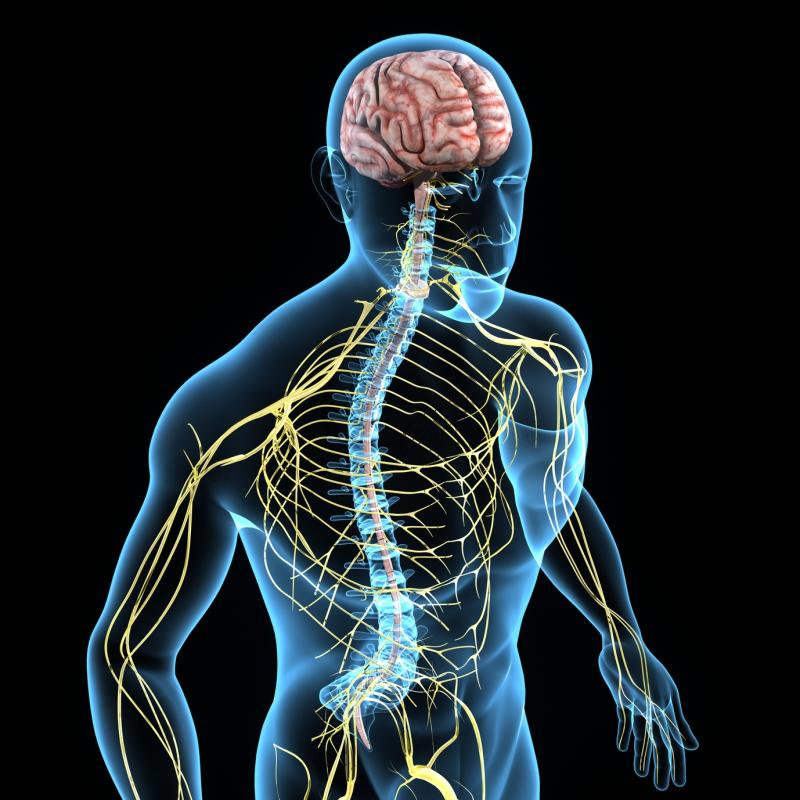
Treatment with intravenous immunoglobulin (IVIG) offers significant pain relief in patients with painful diabetic polyneuropathy (DPN) resistant to standard therapies, without deleterious side effects, according to the results of a trial.
Four weeks after treatment, the primary endpoint of 50-percent decrease in pain intensity occurred more frequently in the IVIG vs placebo arm (63.6 percent vs 0 percent; p=0.0013). Pain intensity decreased by a mean of 44.2 percent with active treatment, significantly greater than the 5.2-percent reduction obtained with placebo (p≤0.027). [Pain Med 2020;doi:10.1093/pm/pnz331]
Results for the secondary endpoints supported the primary efficacy data. IVIG produced better improvements in pain symptoms (Neurophatic Pain Symptom Inventory questionnaire), quality of life (SF-36 Health Survey questionnaire) and overall clinical judgment (assessed by the physician and the patient [Clinical/Patient Global Impression of Change questionnaire]) at all visits conducted.
Only two adverse events occurred throughout the study. One was a mild case of dermatitis psoriasiform in the treatment arm; the other was mild influenza in a placebo-treated patient.
The analysis included 23 diabetic patients with DPN randomly assigned to receive either IVIG (0.4 g/kg/d; n=11) or placebo (n=12) for 5 consecutive days. Baseline pain severity was >60 units on a visual analogue scale (VAS), and all patients were unresponsive to antidepressants and antiepileptic drugs.
Researchers asked the patients to complete the VAS scale daily and record the results in a diary during the window between visits 1–2 (7 days; week 1), visits 2–3 (5 days; week 2), visits 3–4 (1 month; weeks 3, 4, 5 and 6) and visits 4–5 (1 month; weeks 7, 8, 9 and 10).
The present data are in line with a previous study reporting significant pain relief with IVIG in patients with DPN resistant to standard therapies. “Even with a relatively small sample size, our results showed statistically significant improvement in favour of IVIG in both primary and secondary outcomes,” the researchers pointed out. [Pain Med 2012;13:1334-1341]
“We had no significant side effects in our patients, even at the dose of 2 g IVIG/kg. This was probably related to the administration of a 5-percent concentration of immunoglobulins over 5 days, in addition to [its] good safety profile … including in patients with neurologic diseases,” they added.
An immune-modulating blood-derived product, IVIG possesses putative anti-inflammatory mechanisms, such as blockade of the Fc receptor, enhancement of antibody catabolism, and the suppression of proinflammatory cytokines. [J Neurol 2008;255(Suppl 3):3-6]
“Further investigations are necessary to confirm our data. More patients need to be enrolled,” the researchers said. “We hope to involve more centres worldwide for a larger clinical trial.”